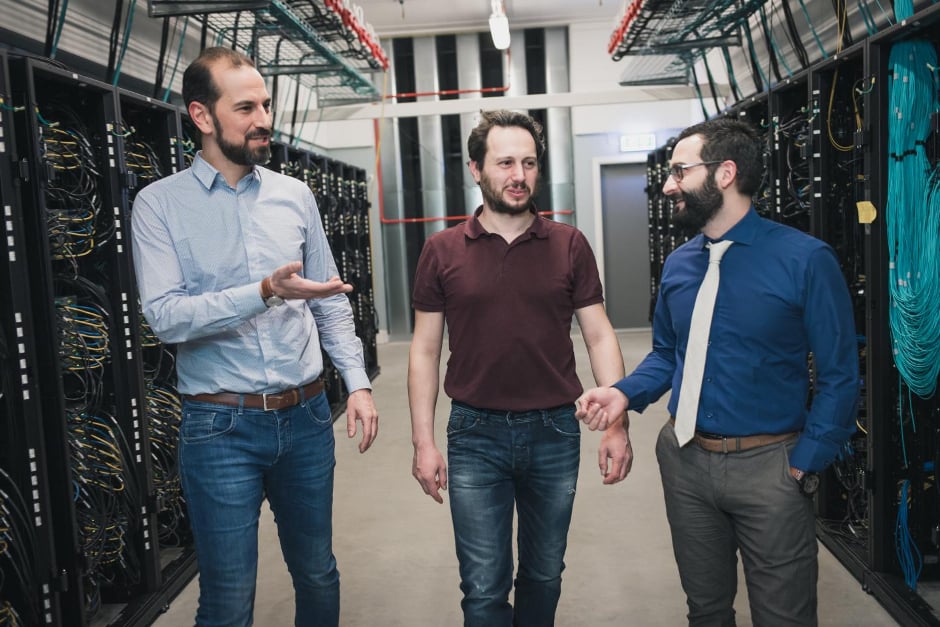Atomic-level observations could lead to optimised cutting tools
Researchers have developed a method of observing a common coating used on hard cutting materials it degrades, an advance that could save manufacturers time and money.

The team at Linköping University (LiU) in Sweden have developed a theoretical model that lets them observe the behaviour of titanium-aluminium nitride, a ceramic coating that hardens tools during the cutting process, a phenomenon called age hardening.
The alloy is, however, sensitive to high temperature. At temperatures up to 700 degrees, the material is unharmed, but it starts to degrade at higher temperatures.
Until now, no one has been able to determine what happens at the atomic level inside the thin film during the cutting process. According to LiU, it has only been possible to partially simulate the properties of the complex combination of titanium, aluminium and nitrogen, and it has not been possible to draw any conclusions from the results.
Register now to continue reading
Thanks for visiting The Engineer. You’ve now reached your monthly limit of news stories. Register for free to unlock unlimited access to all of our news coverage, as well as premium content including opinion, in-depth features and special reports.
Benefits of registering
-
In-depth insights and coverage of key emerging trends
-
Unrestricted access to special reports throughout the year
-
Daily technology news delivered straight to your inbox










Water Sector Talent Exodus Could Cripple The Sector
Maybe if things are essential for the running of a country and we want to pay a fair price we should be running these utilities on a not for profit...